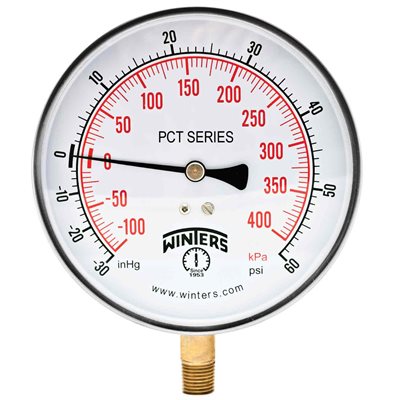sgiorgianni
New Member
Hello,
We have been having trouble with low water pressure since we purchased the house 2 years ago. We are unable to enjoy taking 2 showers at the same time or even take a shower and run the washing machine. We finally replaced the old water softener with a new one (and a piped bypass so we could test everything), the town upgraded the meter, and everything looks right and there isn't any obstructions but we still are unable to get adequate flow for 2 enjoyable showers at once. If I bypass the softener/filter it doesn't improve the situation by much. I think we are a candidate for a boost pump aka Scala2, but I find the whole pressure vs volume issue beyond my grasp.
My details:
House built in 1996, 2 bathrooms 2nd floor, water meter in basement
3/4 copper coming into house and through meter through the house (I'm sure they drop to 1/2 at some point)
51 PSI max possible for the water main we are on (called the town)
40 PSI at our meter
5 GPM flow at a spigot right off the meter
3.5 GPM flow from 1 tub (PSI drops to 36)
2.8 GPM flow from one of the tubs with 2 tubs running (PSI drops to 29)
Is a Scala2 boost pump an adequate solution for us? I feel like we have a pressure issue, not a volume, but I still don't grasp the specifics and need an expert!
We have been having trouble with low water pressure since we purchased the house 2 years ago. We are unable to enjoy taking 2 showers at the same time or even take a shower and run the washing machine. We finally replaced the old water softener with a new one (and a piped bypass so we could test everything), the town upgraded the meter, and everything looks right and there isn't any obstructions but we still are unable to get adequate flow for 2 enjoyable showers at once. If I bypass the softener/filter it doesn't improve the situation by much. I think we are a candidate for a boost pump aka Scala2, but I find the whole pressure vs volume issue beyond my grasp.
My details:
House built in 1996, 2 bathrooms 2nd floor, water meter in basement
3/4 copper coming into house and through meter through the house (I'm sure they drop to 1/2 at some point)
51 PSI max possible for the water main we are on (called the town)
40 PSI at our meter
5 GPM flow at a spigot right off the meter
3.5 GPM flow from 1 tub (PSI drops to 36)
2.8 GPM flow from one of the tubs with 2 tubs running (PSI drops to 29)
Is a Scala2 boost pump an adequate solution for us? I feel like we have a pressure issue, not a volume, but I still don't grasp the specifics and need an expert!

